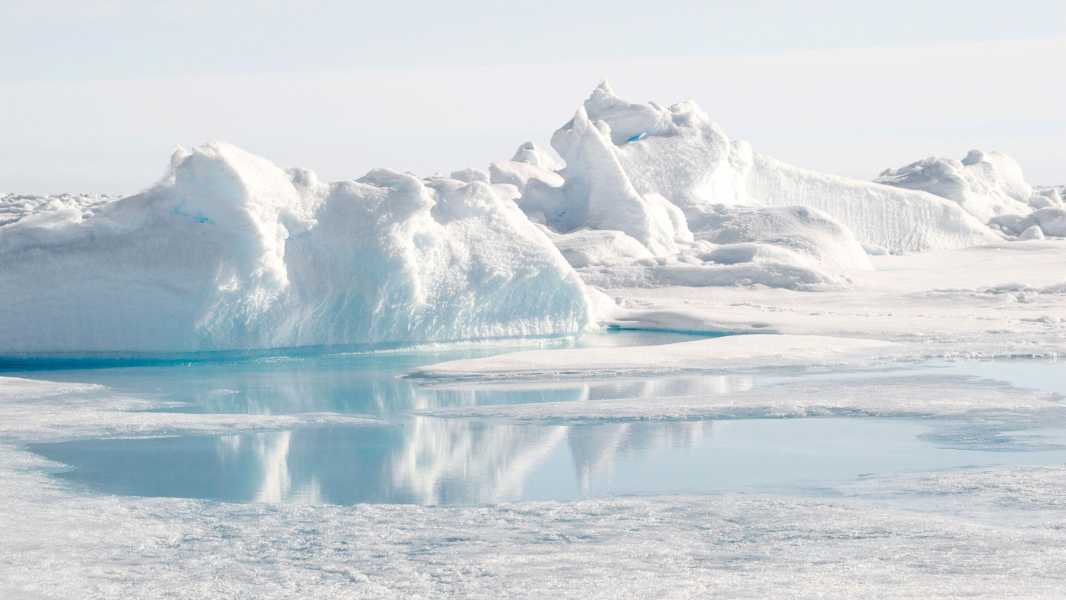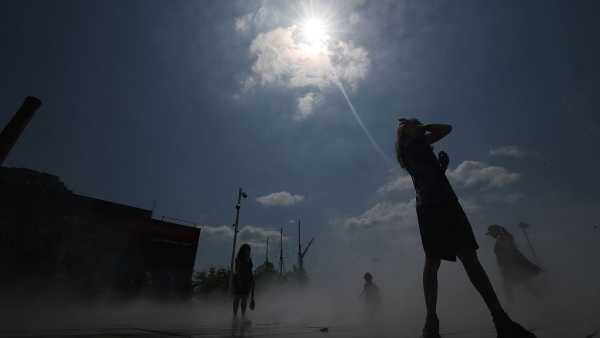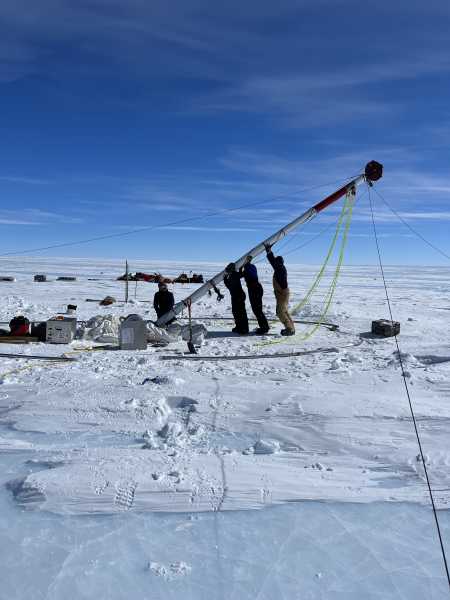
Temperatures at the North Pole were 36 degrees Fahrenheit (20 degrees Celsius) above normal over the weekend. (Photo credit: Chris Wood/Alamy Stock Photo)
Temperatures at the North Pole rose above freezing over the weekend, with the high Arctic reaching 36 degrees Fahrenheit (20 degrees Celsius) above average. Scientists are worried that these temperatures could lead to further melting of sea ice and accelerate global warming in the Arctic.
Temperatures at the North Pole exceeded 32 F (0 C) on Sunday (Feb. 2), the ice-melting point, after being 36 F above the average daily temperatures for the region recorded between 1991 and 2020, the Guardian newspaper reported on Tuesday (Feb. 4).
The European Union's Copernicus climate change monitoring service has recorded warming around the North Pole, and an Arctic snow buoy – a device designed to measure the depth and temperature of snow cover – has indicated an absolute temperature of 32.9 F (0.5 C).
Mika Rantanen, a weather and climate change impacts researcher at the Finnish Meteorological Institute, told the Guardian that it was difficult to accurately determine the temperature change because observation points were limited in remote regions such as the central Arctic, but models showed a temperature anomaly of more than 36 F.
“This was a very extreme winter warming,” Rantanen said. “It may not be the strongest ever recorded, but it is still at the upper limit of what can happen in the Arctic.”
The unusually warm weekend was linked to a weather system over Iceland, Julien Nicolas, a senior scientist at the Copernicus Climate Change Service, told the Guardian. He said a deep low-pressure system was driving warm air towards the North Pole, boosted by hot seas in the north-east Atlantic.
“These events are relatively rare, but we cannot estimate their frequency without further analysis,” Nicholas added.
The region has seen high temperatures before. A winter heat wave in 2016 pushed temperatures at the North Pole to 32 F on Dec. 24 — about the same level as the warming seen over the weekend. And in February 2018, another heat wave pushed the North Pole above 32 F several times, with a peak of 43 F (6 C), according to the National Oceanic and Atmospheric Administration.
Climate change is particularly noticeable in the Arctic, where temperatures are increasing about four times faster than the rest of the world. This accelerated warming, known as Arctic amplification, is due to the melting of sea ice.
Ice reflects more sunlight than land or water, so when climate change causes Arctic sea ice to melt, the region absorbs more sunlight and warms even faster than ice-free areas, according to the International Science Council.
Above-freezing temperatures like those seen this weekend help melt ice and therefore accelerate warming in the Arctic, ultimately leading to more ice loss and further warming. Indigenous peoples and a host of wildlife — from polar bears to whales — depend on the sea ice ecosystem, so their suffering increases as it diminishes.

Patrick PesterNavigate Social LinksPopular News Author
Sourse: www.livescience.com





